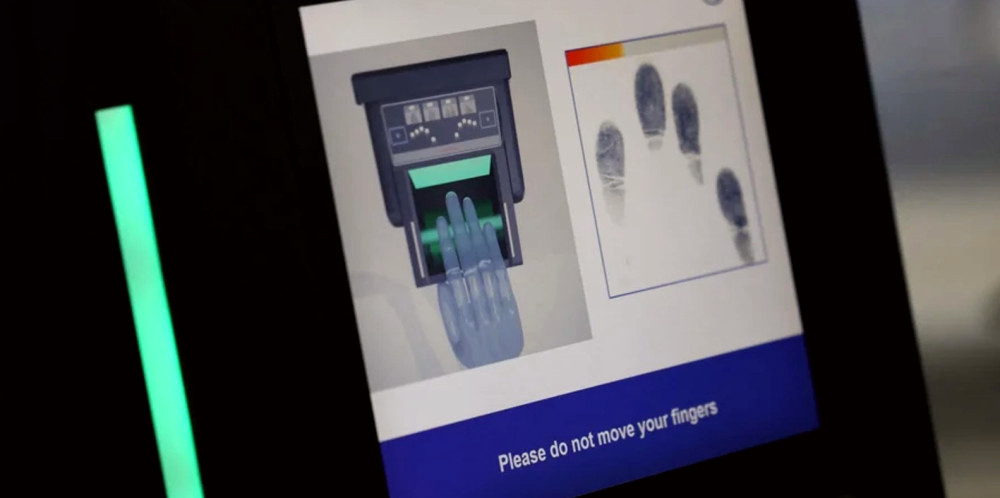Starting October 12, the European Union is implementing a new biometric control system (EES) at the external borders. This will affect citizens of third countries, including Ukrainians, as noted by the State Border Guard Service.
What are the new entry rules to the EU?
The system will be rolled out gradually at borders with Poland, Slovakia, Hungary, and Romania.
“The EES system will apply to all third-country nationals (including Ukrainians) crossing the external borders of the Schengen Area for short stays (up to 90 days within a 180-day period),” the State Border Guard Service stated.
Upon the launch of EES, individuals will need to undergo extended registration during their first entry into the Schengen Area, which will include collecting biometric data like facial images and four fingerprints.
Subsequent border crossings are expected to be quicker, as biometric data will be verified against existing digital information, and the system will automatically log the date, time, and place of entry/exit.
What is the EES system?
Changes to border crossing rules for Ukrainians will take place in 2025.
The EES system will be implemented not only in EU member states but also in Schengen Agreement countries like Iceland, Liechtenstein, Norway, and Switzerland. Exceptions are made for Cyprus and Ireland, which will not join the EES.
This system allows for the elimination of traditional passport controls involving stamps. Instead, traveler registration will be automated via self-service terminals similar to those used at airports for boarding pass checks.
Each time travelers cross the border - in either direction - they will scan their passports or other travel documents. The EES system will record personal data, including biometric parameters, name, date, and place of crossing the border. Only biometric documents will be used to pass through the border.
Facial scans and fingerprints will be collected once every three years, and the data will be stored in an electronic database for three years after each trip.
